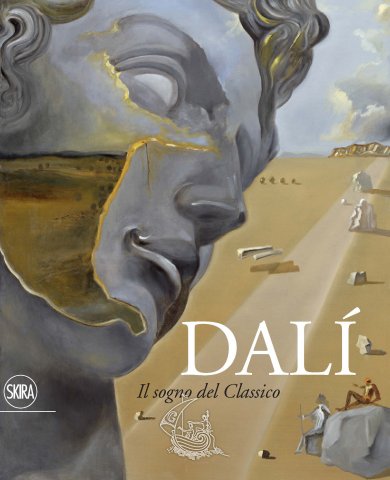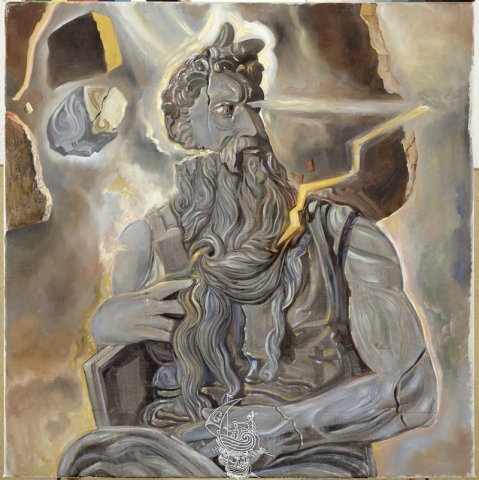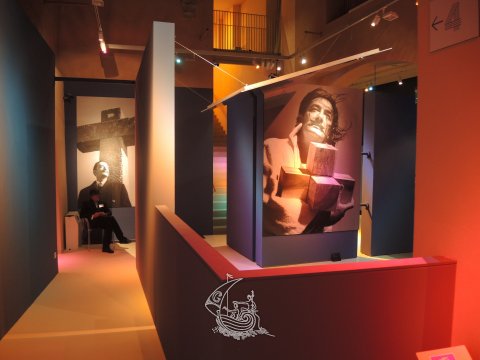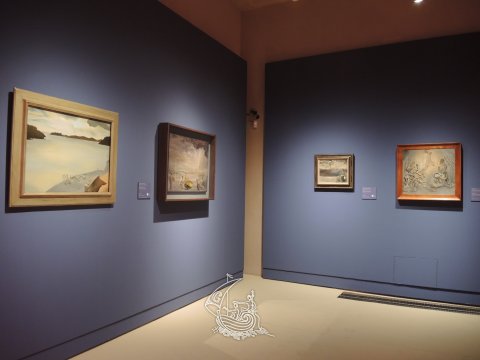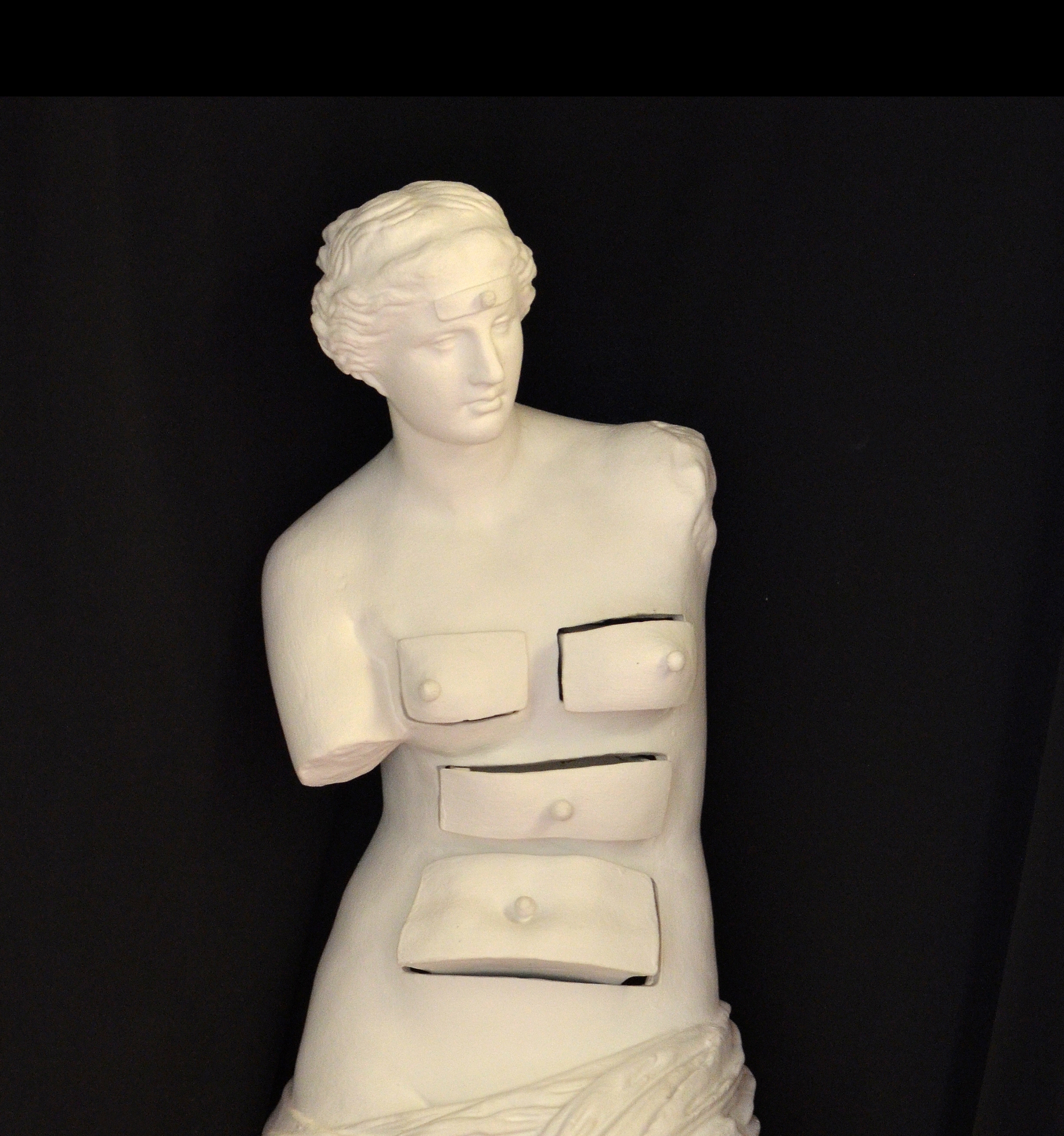Dalí exhibition in Pisa (Italy)
Temporary exhibition at Palazzo Blu, in Pisa, Italy. It is devoted to the influence of Italian Classicism on Dalí's work.
The show focuses on the importance of Italy and Renaissance in Dalí's work. It includes 149 artworks which comprise from 1945 until 1982: 145 works come from the Dalí Foundation, 3 from the Salvador Dalí Museum in Saint Petersburg (Florida) and 1 from the Vatican Museums. There are 22 paintings, 100 pieces of graphic work from The Divine Comedy series and 27 illustrations for The Autobiography of Benvenuto Cellini.
It will be on show until 19 February 2017.
The exhibition's core starts from a selection of little known oil paintings, four of which are unpublished: Untitled. After "Crouching Child" by Michelangelo, Untitled. Moses after "Giulio II's tomb" by Michelangelo, Untitled. Christ after "La Pietà" by Michelangelo, and Untitled. Giuliano de Médici after "Giuliano de Médici's tomb" by Michelangelo. These paintings belong to the last works Dalí did in the 80s. It's a time when he reinterprets Michelangelo's Works in his particular way. For the first time, they are presented as a whole in terms of style and subject. This allows us to explore Dalí's technique and knowledge at that time and shows us how Dalí's ideas become artistic creations. It gives us an insight into Dalí's last period, a period that has been very little explored. We see a peculiar imaginary and a creative process which look for immortality. Dalí, through the reworking of Michelangelo's pieces, shows an absolute respect for tradition and the past and also warns us of the need to overcome them by means of a constant innovation and always facing the contemporary.
From the moment when he was expelled from the Surrealist group onwards, in the early 40s, the Catalan painter leads a new classicist attitude and the defence of Renaissance. Dalí's intellectual interests continue to expand in the manner of a Renaissance humanist. He is considered the precursor of a new phase of Renaissance. It is in this context that he made the illustrations for The Autobiography of Benvenuto Cellini, one of the most influential artists of the Florentine Renaissance. Dalí admired him because he was a rebel and controversial. Dalí also did illustrations for The Divine Comedy by Dante Alighieri.
In the exhibition, paintings from the Dalí Museum in Saint Petersburg (Florida) will also be on show, as well as a work coming from the Vatican Museums. These are works executed in the 50s and 60s and are good examples of Dalí's mystical period where religious themes combine with the inspiration of old great Masters.






